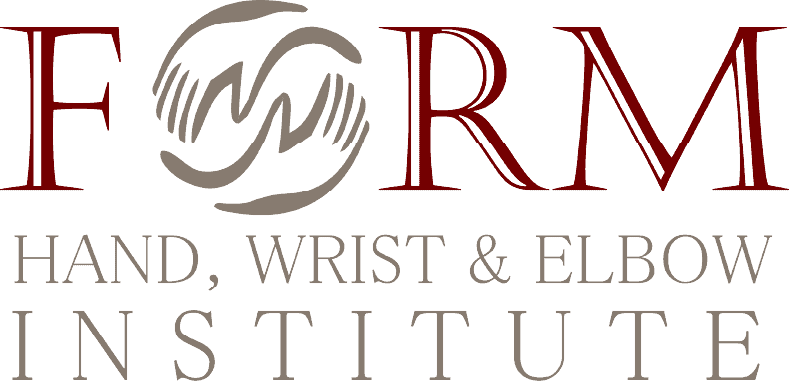Often you
would have heard that stretching is good for the body. There was a time when
people used to stretch before exercising; athletes usually stretched before
exerting themselves to avoid any pull or injury. However, recent studies
suggest that static stretching might hamper your performance. For instance,
runners may run slow, or jumpers may jump less high. Stretching should not be
confined to before or after exercising but at any time of the day. You may do
it whenever you’ve been sitting for a long at a desk or if you’ve been involved
in any activity and feel the need to stretch, you may do it.
There are
many benefits to regular stretching. It increases your flexibility, improves
posture, and reduces stress, aches, and more. Stretching a muscle should be
done when it is short. More people do it to loosen up, while some prefer
warm-up with front and back kicks, squats, lunges, hip circles, and more. Let
us delve deeper into some of the benefits of stretching.
Improves
flexibility
Flexibility
is always beneficial for a person’s overall health. Remember, it allows a
person to move around more comfortably and perform everyday tasks more
efficiently. It may help delay the signs of aging, such as reduced joint
mobility.
Increases
range of motion
More flexibility
allows you to move a joint through its full range, which gives you freedom and
greater comfort during your physical activities. Static stretching involves
stretching and then holding a muscle, whereas dynamic makes your muscle stretch
more dynamic with each stretch. Research suggests stretching may help with
motion, improving stiffness and increasing muscle strength.
Improves
performance in physical activities
Dynamic
stretches before any physical activity help prepare your muscles. It improves
your performance in athletic activities. Before starting any physical activity,
dynamic stretching may help.
Helps
with the blood flow
If you are
stretching regularly, it will help improve your blood flow. It may help shorten
your recovery time and help reduce muscle soreness.
Improves
your posture
Muscle
imbalances are common and can affect your posture. Studies found that
strengthening and stretching specific muscles can help align and reduce
musculoskeletal pain.
Prevents
back pain
Tight
muscles can strain your muscles during movement. If you stretch, it may
strengthen your back and reduce the risk of injury.
Relieves
stress
Your muscles
tighten when stressed, and stretching can help lengthen the muscles to relieve
tension.
Helps
with tension headaches
Tension and
headaches can affect your daily life. With a healthy diet and rest, stretching
may help reduce the tension you feel from headaches.

